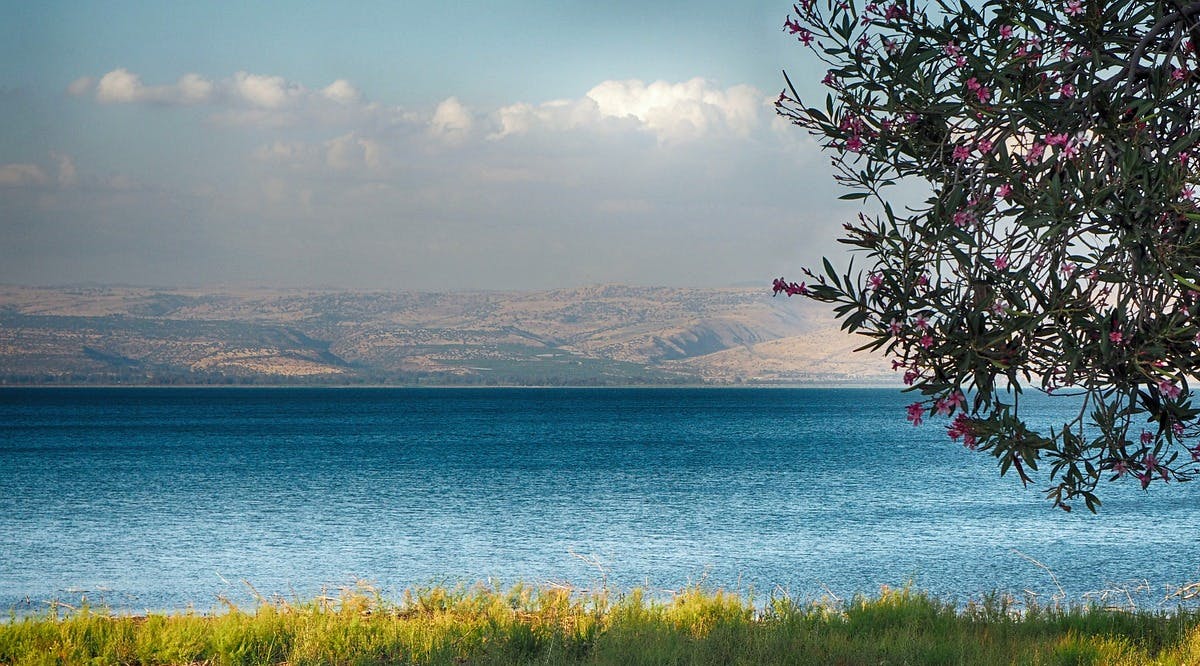
Bar Kochba Revolt Era Hiding Complex Revealed Near Sea of Galilee
The most extensive hiding complex discovered to date in Galilee has been excavated in an archaeological excavation carried out by the Israel Antiquities Authority (IAA) at the site of Huqoq (Hukkok) – an ancient Jewish village 12.5 km. north of Tiberias.
The area is mentioned in the Book of Joshua (Joshua 19:34) and has been settled since ancient times. The dig uncovered finds that reveal dramatic episodes in the history of the Jewish people, including preparing shelters in preparation for the Revolt of the Jews against the Romans, led by Bar-Kochba in 132 to 136 CE.
The dig was carried out with the help of hundreds of school pupils, university students, soldiers, and volunteers. The Heritage Ministry, the Israel Antiquities Authority, KKL-JNF, and the Zefat Academic College in Safed that funded the dig invite the public to open days to view the site on Friday, March 29, and Friday, April 5, between 8:00 and 13:00. Participation is free but requires registration at the IAA site.
The excavation also revealed that, as part of the preparations for the First Revolt in 66 CE and the Bar-Kochba Revolt in 132 CE, the residents of Huqoq converted the water cistern that had been dug during the Second Temple period into a hiding complex.
In addition, at the time of danger, they broke one of the walls of the mikveh and dug a tunnel into other cavities. Several tunnels allowed maneuvering in narrow, low spaces underneath the houses. In this underground system, which was the largest and most impressive discovered at the Galilee, there are about eight hiding cavities. (JPost / VFI News)
The suggestions, opinions, and scripture references made by VFI News writers and editors are based on the best information received.
Want to see more from VFI? Follow us on Facebook: https://www.facebook.com/visionforisrael and hit “like” if you like us!